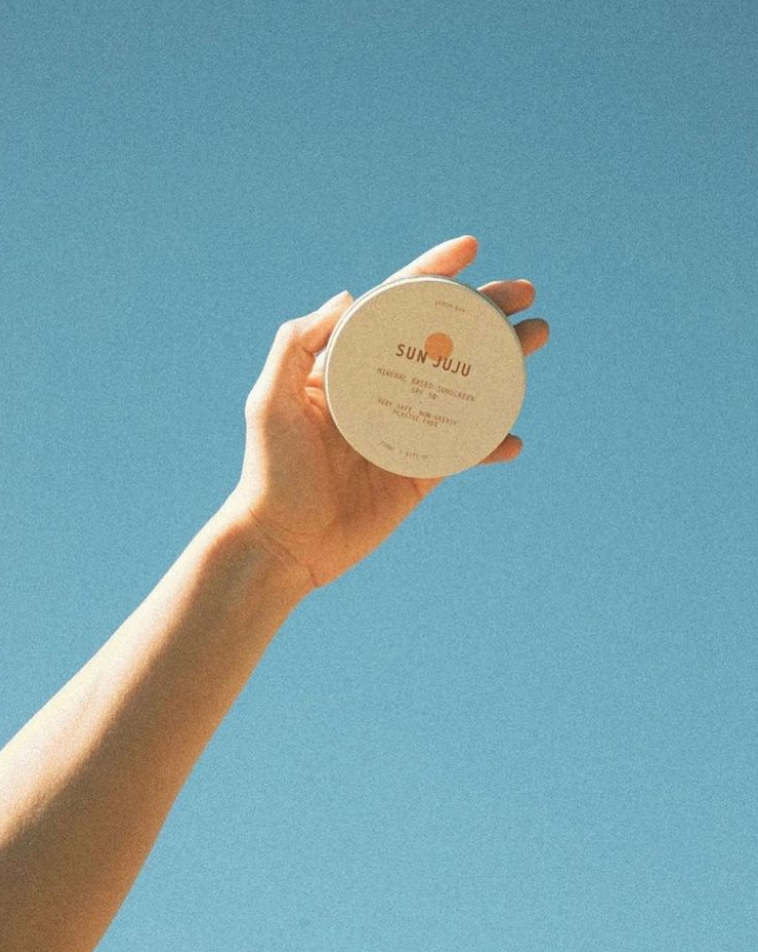
Summer is a time for outdoor fun and sun-soaked activities, but it can also lead to an unwelcome skincare woe - sun spots. Sun spots, also known as solar lentigines or age spots, are dark spots that develop on the skin due to prolonged exposure to the sun's harmful UV rays. They typically appear on areas of the skin that are frequently exposed to the sun, such as the face, neck, shoulders, arms, and hands. If you're looking to fade those sun spots and restore a more even complexion, here are 5 steps for sun spot removal to help you achieve clearer, healthier-looking skin.
"Sun spots are dark spots that develop on the skin due to prolonged exposure to the sun's harmful UV rays."
Step 1: Protect Your Skin from the Sun
The first and most crucial step in preventing and treating sun spots is to protect your skin from further sun damage. Wear a broad-spectrum sunscreen with an SPF of 30 or higher every day, even during the cooler months, and reapply every two hours when you're exposed to the sun. Wear protective clothing, such as hats and sunglasses, and seek shade during peak sun hours (typically 10 am to 4 pm) to minimize sun exposure.
Step 2: Exfoliate Regularly
Exfoliation helps to remove dead skin cells, which can contribute to the appearance of sun spots. Regular exfoliation can help to brighten the skin and fade dark spots over time. Look for gentle exfoliating products that contain ingredients like AHAs (alpha hydroxy acids) or BHAs (beta hydroxy acids), which can help to lighten sun spots and promote skin cell turnover.
"Regular exfoliation can help to brighten the skin and fade dark spots over time."
Step 3: Use Skin-Lightening Products
There are various skin-lightening products available over-the-counter that can help fade sun spots. Look for products that contain ingredients like hydroquinone, vitamin C, kojic acid, or niacinamide, which are known for their skin-lightening properties. These ingredients can help to inhibit the production of melanin, the pigment responsible for dark spots, and gradually lighten the appearance of sun spots with regular use.

Step 4: Try Natural Remedies
Some natural remedies may also help to fade sun spots on the skin. For instance, lemon juice contains natural bleaching properties and can be applied topically to the affected areas to lighten sun spots. However, lemon juice can be irritating to the skin, so it's essential to dilute it with water and do a patch test before applying it to your face. Other natural remedies, such as aloe vera, papaya, and yogurt, can also help to brighten the skin and fade dark spots.
Step 5: Consider Professional Treatments
If you're looking for more intensive sun spot removal options, there are several professional treatments available that can help to fade sun spots. Some popular options include:
- Laser treatments: Laser therapies, such as IPL (intense pulsed light) or fractional laser resurfacing, can target and break up the pigmented cells responsible for sun spots, helping to fade their appearance.
- Chemical peels: Chemical peels involve applying a solution to the skin that causes the outermost layer of skin to peel off, revealing fresher, brighter skin underneath. Chemical peels can help to lighten sun spots and improve overall skin tone and texture.
- Microdermabrasion: Microdermabrasion is a non-invasive procedure that uses a special device to gently exfoliate the skin and remove dead skin cells. This treatment can help to lighten sun spots and promote cell turnover.
It's essential to consult with a dermatologist or skincare professional to determine which professional treatment option is best for your skin type and concerns.
Comments (0)
Back to Botanic Affair Blog